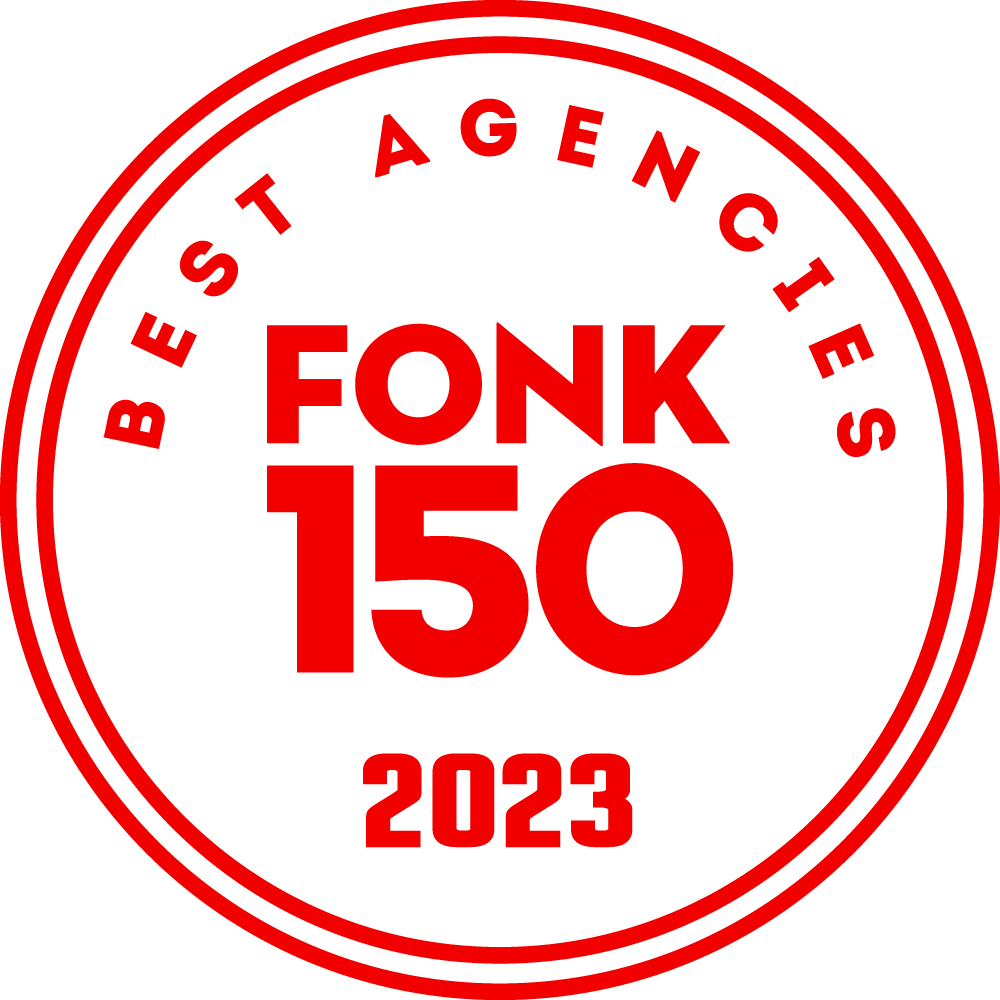Turn your digital ambition into a functional design
Perhaps there are ideas on the table to automate processes, plans have been made to digitise services or concepts have been hatched for a tool that could take the industry in a whole new direction. The step to an actual digital end product is often difficult due to a lack of IT knowledge. Read here how to develop your digital ambition into a functional design.


Enter the conversation with Koen!
Validate ambition
To shape the right digital solution, it is important to test your ambition against a number of criteria. This will ensure that the final solution is valuable, effective and achievable. Here are some examples of questions you can ask:
- Resolving ability
Does the idea actually solve the company's main problem? Does it contribute to achieving business objectives? It seems like a redundant step, but an important one nonetheless. Many digital ideas come about through inspiration from other software or new technology, but may not contribute to achieving business objectives. - Innovative existence
Does the software have an innovative character? Does something similar already exist? It may well be that several people have encountered the same problems and a tool has already been developed that can be deployed. This is often the case for general simple solutions. As soon as the concept becomes more complex and the business operation has a unique character, a proprietary digital solution does become necessary. - Effectiveness
Is this the best solution? Is this the only solution? Can it be different, can it be easier? Does it make the process easier or more cumbersome? Sometimes software can actually create more administration or extra work and there are other ways to meet the challenges. Consider all the options and choose the most effective one. - Realisability
Is it technically feasible? Innovation takes place where innovative ideas and technological developments come together. If this is not the case, the concept is probably not realisable (yet). Therefore, check which technology fits the concept and whether it fully covers the functionality. - Feasibility
Software development is an expensive process. Therefore, it is important to look carefully at the available budget and time. A good indicator for this is the complexity of the concept. The more complex, the more sprints are needed. More sprints means more time and budget. - Strategy
Is this ambition the best digital step for the company? There may not yet be enough data available digitally or certain processes may not yet be automated. It is better to have this sorted out beforehand than afterwards. It is then important to take a step back and define a clear innovation strategy to achieve ambitions as efficiently as possible with the right roadmap.
Stakeholders
The first step in shaping a functional design is to identify all stakeholders. Identify all roles/functions involved and formulate clearly what their relationship is to the software and what interests each stakeholder has. Once a complete list has been drawn up, you can shortlist the 5 most involved stakeholders. These five roles are the biggest source of information for further design. They have the most knowledge of the relevant process and will use the software the most. Involve these stakeholders in the development process and conduct research into their wants and needs.
Process
Then it is time for step two: visualise the process in question. Using the information from the stakeholders, the process can be mapped out. For optimal elaboration, it is very important that this is done in as much detail as possible. This is perhaps the most important part. Start at the beginning and then work out each task, activity and action within the process step by step. For each stakeholder, go through all the relevant tasks within the process. For each task, clearly name the actions and activities. Make clear connections between different activities. This results in a comprehensive and complete workflow.
Functionalities
Now that the stakeholders and the process have been worked out, you can move on to step 3. In this phase, you will look at which actions will be worked out into a functionality within the software. Each action is a functionality of the software. If there is a long list of functionalities, you can value and prioritise them. Use the final objective as a guide here. Which functionalities contribute most to achieving this objective? Distinguish between 'must-have' functionalities and 'nice to have' functionalities. The must-have functionalities together form the MVP, or minimum viable product. This is the minimum product with functionalities that absolutely must not be missing. This MVP is the basis of the software and will form the foundation for the first version. Depending on time and budget, the first version can be supplemented with a number of nice-to-have functionalities.
Discovery Workshop
Making the right translation between a digital ambition and an effective and targeted design often requires expertise. We at SevenLab have therefore developed a Discovery Workshop in which experienced IT Accelerators help think about a design with the highest possible business value. Depending on the challenges, we have Designers and Developers available to join us to help think about usability, scope and technical interpretation. Sounds like the right step to realise your digital ambition? Via this button, you can request an information for a Discovery Workshop.

